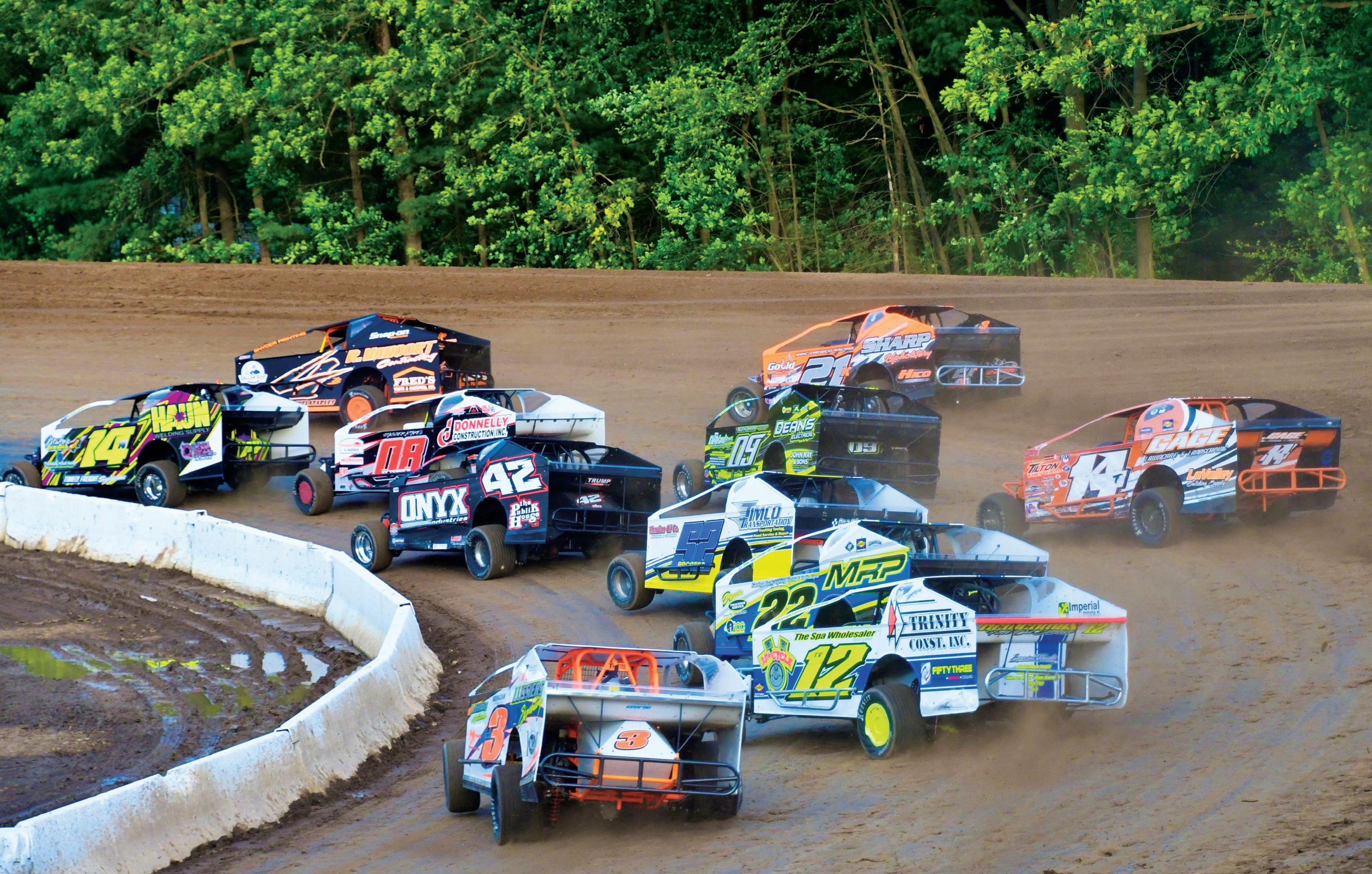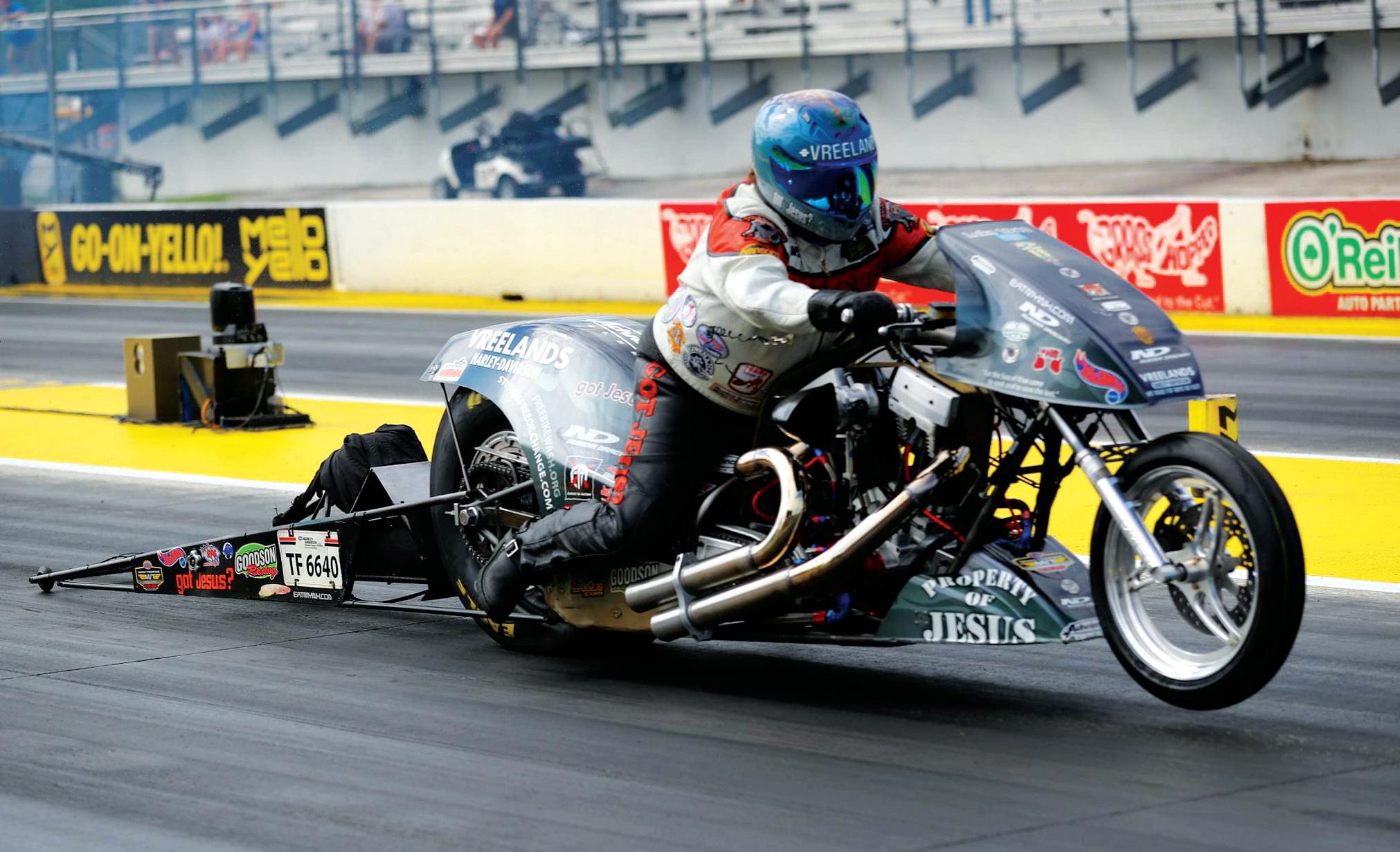
7 minute read
sidney native finds his passion in the pits
storY: ALLISON COLLINS, FOR INSIDE MOTORSPORTS
sidney, New York, native Jon Carvin came to victory lane by way of the football field.
Advertisement
The 39-year-old is head pit coach with Hendrick Motorsports, an organization he joined in 2015 after years spent playing and coaching college football.
“I played at the University of Albany then really, from there, went right into coaching,” he said. “I was a collegiate football coach for 10 years. My first job was at Worcester Polytechnic Institute, then I went to Lafayette College in Pennsylvania, then university of Illinois. That’s when my wife and I got married — we’d met at the university of Albany — and we had our daughter there. From there I went to the University of Idaho, where our son was born, and that was where we decided to get out of football. I just needed more family time for myself and I didn’t want to look back and wish I’d had more, because football at that level is extremely time-consuming.” Driving ForwarD
Carvin said, though always a racing fan, his entry into the industry was happenstance.
“I was never a racer myself; I never raced anything other than my own legs,” he said. “But I watched it growing up with my dad and then I became a fan and watched it when I could, but just casually on Tv.
“When I left football, my wife was actually the one who went on Hendrick’s website and found a job for a pit coach,” Carvin continued. “I didn’t know such a thing existed. We went through (the job description) and, line for line, it sounded just like a football coach.”
Carvin noted that, after leaving football in spring 2014, he returned to his hometown for roughly nine months, during which he coached Sidney football and basketball, before pursuing the position with Hendrick Motorsports.
“The opportunity presented itself and, from the first phone call to actually visiting, within a month I was down here (in North Carolina),” he said. “It worked out that the organization I was the biggest fan of was the one with the job opening. I had an interest in the sport before I started, and to be able to work at the premiere motorsports team in the country, that was a huge bonus.
“I started out as an assistant coach for the 48 and 88 teams — Jimmie Johnson and Dale Earnhardt Jr. at the time,” Carvin continued. “I came in and, even though I had a lot of training as a coach, I had to learn a different sport. March 27, 2015, was my first day, so this is my seventh season in NASCAR.”
LiFe in the pitS
Today, Carvin said, he oversees Hendrick motorsports’ seven teams. The organization, he noted, employees roughly 600. “I’m a coach over all of our teams and we have seven, with five on a team,” he said. “There are four main teams — the 5 (Kyle Larson), the 9 (Chase Elliott), the 24 (William Byron) and the 48 (Alex Bowman) — and (each team) involves the car, the driver, all the people that build the cars and the pit crews. We have enough people to have three extra backup teams, so we have the four Hendrick Motorsports cars and teams, but in our pit department, we have those three other
Jon carvIn
groups … and those are our younger guys, trying to get better and eventually become our starters and that’s all part of the process.
“We basically build the cars from the ground up,” Carvin continued, “but the part I’m responsible for is making sure that, when a car is about to run out of gas and its tires are worn, we put more tires on and fuel it up and keep it going around the track.”
A successful pit stop time, Carvin noted, is roughly 11 seconds.
“Right now, the fastest times in the sport are in the 11second range,” he said. “We’ll change four tires and fill a car up with fuel with our five team members … and, luckily, all of our crews can do it in that 11-second range. A 12-second (pit stop) is still really good, but if you get into 13 and 14 seconds, it’s likely something went wrong.”
Reaching that level of efficiency, Carvin said, can take years.
“No one plays pit crew in their backyard growing up,” he said. “Most of our members were very successful at a different sport. Through our connections with sports, before COVID, we’d call and visit colleges and they’d give us their guys who maybe weren’t quite good enough to make it to the NFL or the major leagues, but still wanted to compete at a professional level. We test them and put them through a mini camp and teach them from Day 1 how to walk. Through that process, they go from being really good at a sport to being an absolute beginner, but through practice and work at the gym and watching videos and seeing how fast they can go or how much weight (they can carry), they become better and better. “It’s like any other sport, except we’re starting from absolute zero when someone new gets here,” Carvin continued. “You (become) proficient enough at your job and you’re able to do it at a fast enough pace … that you can compete and not lose spots on pit road and try to gain positions in the race, it just takes a few years, typically. coaching connectionS
While training and work in the pits is tactical, Carvin said, his deeper purpose as a coach is interpersonal. “It’s the relationships and the coaching – that’s the greatest part about it,” he said. “You evaluate, train, plan, go perform and then do it all over again. I continually try not to just get these guys better, but I’m always trying to get myself better. I want to be a better coach today than I was yesterday. It’s about never settling – you can relax and enjoy where you are and what you’re doing – but it’s constant and it’s just how I’m programmed.”
Adjusting his coaching style from the collegiate to professional level, Carvin noted, proved important.
“I went from college to a professional sports organization with professional athletes, so you’re not dealing with college kids, you’re dealing with men,” he said. “They have families and kids and have to be coached differently than a 19-year-old in college. It’s a different respect level … because they’re grown men. You need to have that respect back and forth, man to
man.
“Winning them over and adjusting my coaching style more toward working with them and not so much telling them what to do – they’re already really good – was probably the toughest part,” Carvin continued. “It was about developing relationships and changing how I coach to match the expertise and the level of athlete. That, and just learning the sport and learning what you need to do and how to do it to be successful.” the view From victory Lane
Carvin said, alongside connections forged, it’s championships with which he’s been involved that stand out.
“For sure my highlight memories were the two championships,” he said. “Chase Elliott won last year, and the first one was Jimmie Johnson’s last championship in 2016. That was his seventh and I was one of the coaches with the team at that time and it was really cool, because there are only two other former drivers that have seven championships. That’s like the absolute, paramount number for the sport.”
Coming from a small town, Carvin said, has put his professional gains in perspective. “There’s no question Sidney is a very different place … and the opportunities there aren’t as great,” he said. “You can have a great life there – I had an amazing childhood with all my family there – but there are other opportunities and things you didn’t even know existed outside of those town borders. I don’t really know how or why I ended up here, I just always looked for more.
“I always wanted to push and see what my limit was, and is, and I still don’t know,” Carvin continued. “I was told ‘no’ many times. I had to walk on at Albany, and they cut me after my first year. I stayed there that summer to hopefully get back on the team. So, just because someone tells you ‘no’ doesn’t always mean no; it can just mean, not right now. Just don’t give up and, if you want something, don’t be afraid to go after it.” Carvin said, far from eyeing the finish line, he’s happy for now to stay in the race. “I’m so excited to continue, hopefully with a lot more wins – fast pit stops and wins,” he said, laughing. “my daughter’s 9 and my son’s 7, so I just want to continue to be a part of their lives and continue to grow old with my wife and hopefully continue to have a great job, win some races and keep getting better.”









